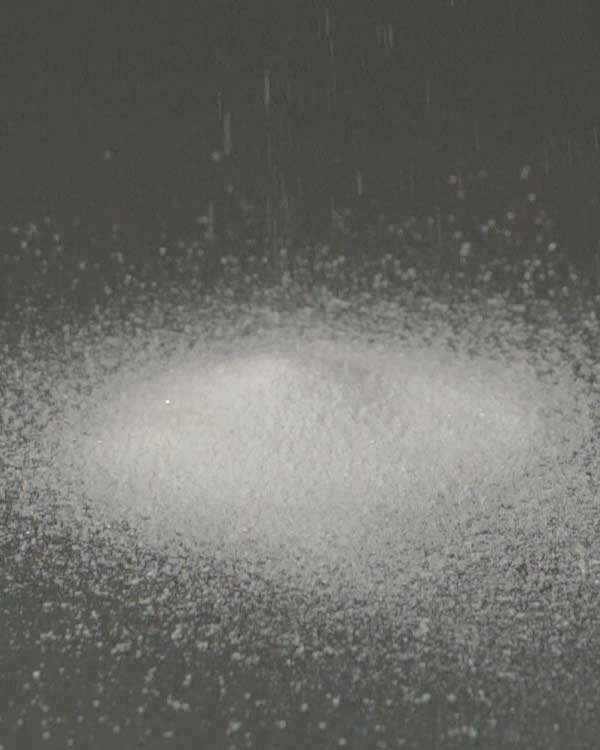Carrara Bianco White Marble Dust
Pure Carrara white marble is ground to a fine and medium granular powder. This whiting is used to make grounds, add textural and handling qualities to paints, and fill lime plastic for the intonaco layer of fresco.
Imported from the world-class deposit of high-brightness marble in Carrara, Italy, it is ground to a granular particle size of 0 to 0.5 mm or 0.4 to 0.7 mm to retain its crystalline shape and high bulking characteristics while preserving its naturally high brightness.
Carrara marble has been famous since ancient Rome; the Pantheon and Trajan's Column in Rome are constructed of it. Many famous sculptures of the Renaissance, such as Michelangelo's David, were carved from Carrara marble. For Michelangelo, Carrara marble was valued above all else, except perhaps that of his quarry in Pietrasanta. The Marble Arch in London and the Duomo di Siena are also made from this well-regarded stone.
The mineral of Carrara marble is among the most well-known Italian minerals. Its characteristics include the perfection of the shape of the crystals, incredible transparency, and sharpness. This mineral's beauty is also highlighted by the white marble matrix, which increases and amplifies the colors and shapes of the minerals contained within the matrix.
The Carrara marble quarries have been exploited for more than 2000 years. Carrara marble is very famous for its statuary quality and is used by all the most famous sculptures in the world (Michelangelo, Canova, etc.). The first peak of extractive activity was in the Roman period; during the imperial age, the demand for Carrara marble rose since it became the most requested building stone for public buildings. Since then, Carrara has become synonymous with marble, and its marble was requested worldwide for buildings, statues, objects, etc. Until now, about one million tons of Carrara marble are quarried each year.
Marble is calcite formed from limestone with heat and pressure over years in the earth's crust. The pressure causes the limestone to change the particle structure, causing it to recrystallize. Fossilized materials in the limestone, along with its original carbonate minerals, recrystallize to form large, coarse grains of calcite.
Particle Size Grades
For a complete explanation of the available particle size grades and their use in artist's paints, please read Oil Paint Extenders: Enhance Your Oil Painting with Texture and Transparency.
| Properties | ||
| Chemical Composition | ||
| Calcium Carbonate (Ca2CO3): | 98.75% | |
| Magnesium Carbonate (MgCo3): | <1.00% | |
| Other Impurities: Iron oxide (Fe2O3) Manganese dioxide (MnO2) Alumina (Al2O3) Silica (SiO2) | <0.25% | |
| Physical Properties | Fine | Medium |
| Particle Size Distribution: | <50 µm | 40–70 µm |
| Bulk Density: | 89 lbs./ft3 | 89 lbs./ft3 |
| Hardness: | 2.8 | |
| Specific Gravity: | 2.7 | |
| Dry Brightness: | 98 | |
| SKU | 510-10CWM |
|---|---|
| Brand | Rublev Colours |
| Vendor | Natural Pigments |
| Processing Time | Usually ships the next business day. |
Health & Safety: There are no acute or known chronic health hazards with the anticipated use of this product (most chemicals are not thoroughly tested for chronic toxicity). Protect yourself against potentially unknown chronic hazards of this and other chemical products by avoiding ingestion, excessive skin contact, and inhaling spraying mists, sanding dust, and concentrated vapors from heating. Contact us for further information or consult the SDS for more information. Conforms to ASTM D-4236.



